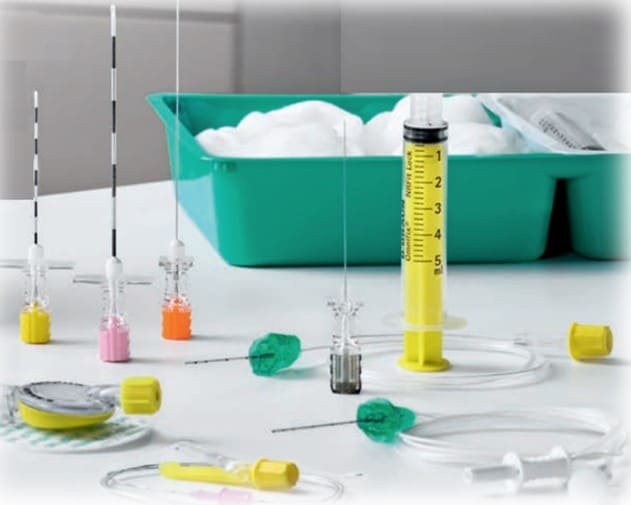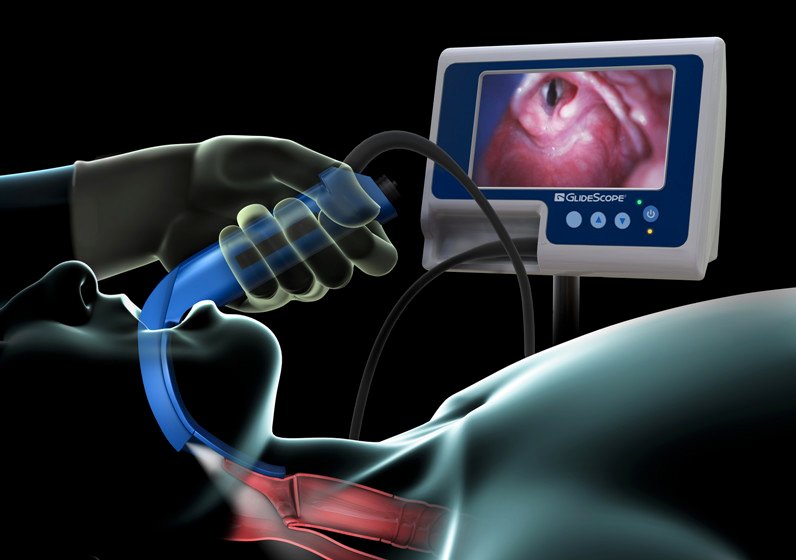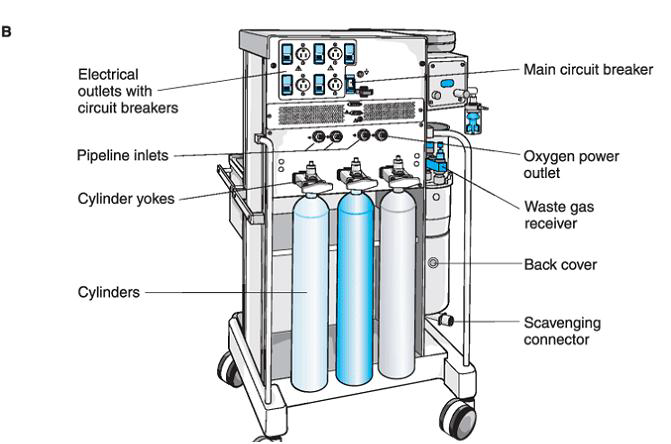Issue, March, 2025
Newsletter
Conceptual Anesthesia
Mastering Airway, Blocks & Crisis Management!
Greetings Anesthesia Enthusiasts,
February was packed with insightful sessions on critical anesthesia topics. From mastering medical gas cylinders to handling intraoperative emergencies and exploring cutting-edge regional blocks, this month’s Conceptual Anesthesia videos are a must-watch for every anesthesia resident and practitioner

1. Anesthesia Cylinders Explained By Dr. Shradha Surana
Medical gas cylinders play a crucial role in anesthesia practice, and understanding their functioning is essential for safe patient care. In this session, Dr. Shradha Surana provides a comprehensive breakdown of anesthesia cylinders, covering everything from their types and pressure measurements to safety features and proper handling techniques.
Key Topics Covered:
✅ Types of Medical Gas Cylinders – Small, medium, and large cylinders and their applications
✅ Pressure Measurement – Understanding PSI, PSIG, PSIA, and kilopascals
✅ Liquefied vs. Non-Liquefied Gases – Properties of oxygen, nitrous oxide, and carbon dioxide
✅ Critical Temperature & Pressure – The science behind gases existing in liquid vs. gaseous states
✅ Cylinder Anatomy & Components – Breakdown of the cylinder body, valve, stem, pressure relief device, and yoke assembly
2. Intra-operative Anaphylaxis & Its Management By Dr. Gurusanthiya S
Perioperative anaphylaxis is a life-threatening emergency in anesthesia practice, often complicated by multiple drug exposures and confounding factors such as sepsis or hypotension. Dr. Gurusanthiya S expertly explains how to identify, differentiate, and manage intraoperative anaphylaxis efficiently, ensuring patient safety during critical situations.
📌 Key Topics Covered:
✅ Incidence & risk factors of intraoperative anaphylaxis
✅ Differentiating anaphylaxis from other causes of hypotension
✅ Pathophysiology: Allergic vs. non-allergic mechanisms
✅ Drug-Induced Anaphylaxis – Neuromuscular blockers, antibiotics, NSAIDs & More
✅ Grading Anaphylaxis Severity – Ring & messmer classification
✅ Step-by-Step Management – Early recognition, treatment protocols, and post-reaction testing
3. Instruments in Regional Anesthesia By Dr. Kala Eswaran
Performing regional anesthesia requires a thorough understanding of the instruments involved. In this session, Dr. Kala Eswaran provides detailed insights into various regional anesthesia equipment, with a special focus on peripheral nerve blockade techniques.
📌 Key Topics Covered:
✅ Landmark-Guided Blocks & Loss of Resistance (LOR) Technique – Understanding fascia plane blocks like FICB, TAP block, and ESP block
✅ Blunt vs. Sharp Needles – How needle design affects precision and patient comfort
✅ Cushion Effect & How to Prevent It – Avoiding overshooting while performing blocks
✅ Peripheral Nerve Stimulator (PNS) Basics – How nerve stimulation aids in effective anesthesia placement
✅ Electrophysiology & Depolarization Principles – Understanding how nerve action potentials work

4. Mastering Videolaryngoscopy: A Game-Changer in Airway Management By Dr. Kala Eswaran
Difficult intubations can be challenging, but videolaryngoscopes have revolutionized airway management by improving visualization and first-pass success rates. Dr. Kala Eswaran takes a deep dive into the evolution, mechanics, and clinical impact of videolaryngoscopes, providing evidence-based insights and real-world applications.
📌 Key Topics Covered:
✅The History and Evolution of Laryngoscopy – From Chevalier Jackson to modern-day video-assisted techniques
✅Critical Airway Principles – 3-axis alignment, 2-curve theory, and how videolaryngoscopy enhances visualization
✅ Direct vs. Video Laryngoscopy – When to choose what, and how VL enhances first-pass success
✅ Evidence-Based Insights – Key findings from ASA closed claims data, Cochrane reviews, and MRI-based studies
✅ Real-World Implications – Why every anesthetist must have a structured plan A, B, C, and a well-equipped airway kit

5. Newer Blocks in Regional Anesthesia By Dr. Devangi Parikh
Regional anesthesia is continuously evolving with new techniques that enhance patient comfort and surgical outcomes. Dr. Devangi Parikh discusses four unconventional blocks introduced between 2019 and 2024, highlighting their efficacy and clinical applications.
📌 Key Topics Covered:
✅ M-TAPA Block – Modified thoracoabdominal nerve block through the perichondrial approach
✅ External Oblique Intercostal Plane Block – Understanding Its application in clinical practice
✅ Paracyclic Ischial Plane Block – A breakthrough in lower limb anesthesia
✅ TAPS Block (Popliteal Sciatic Block in Supine Position) – Enhancing patient comfort

Don’t Miss Out!
These high-yield videos are invaluable for anesthesia residents, critical care specialists, and anyone keen on refining their clinical skills. Click on the links to watch and stay updated with the latest video available at Conceptual Anaesthesia Platform!
See you next month with more high-quality educational content!



